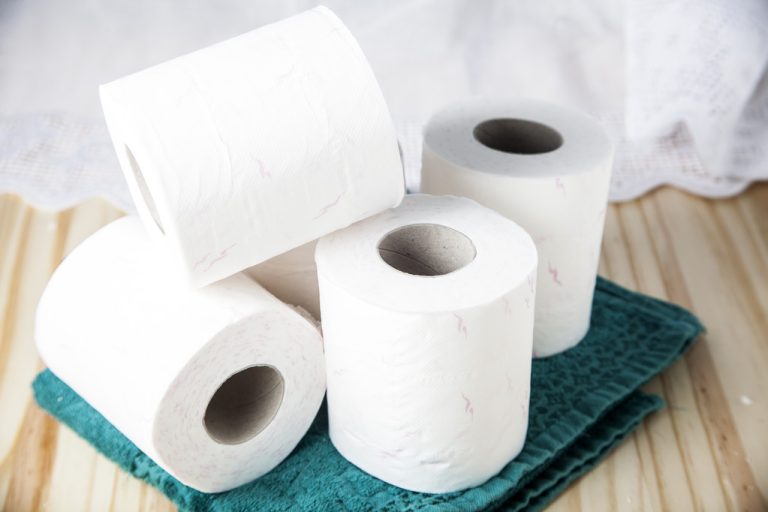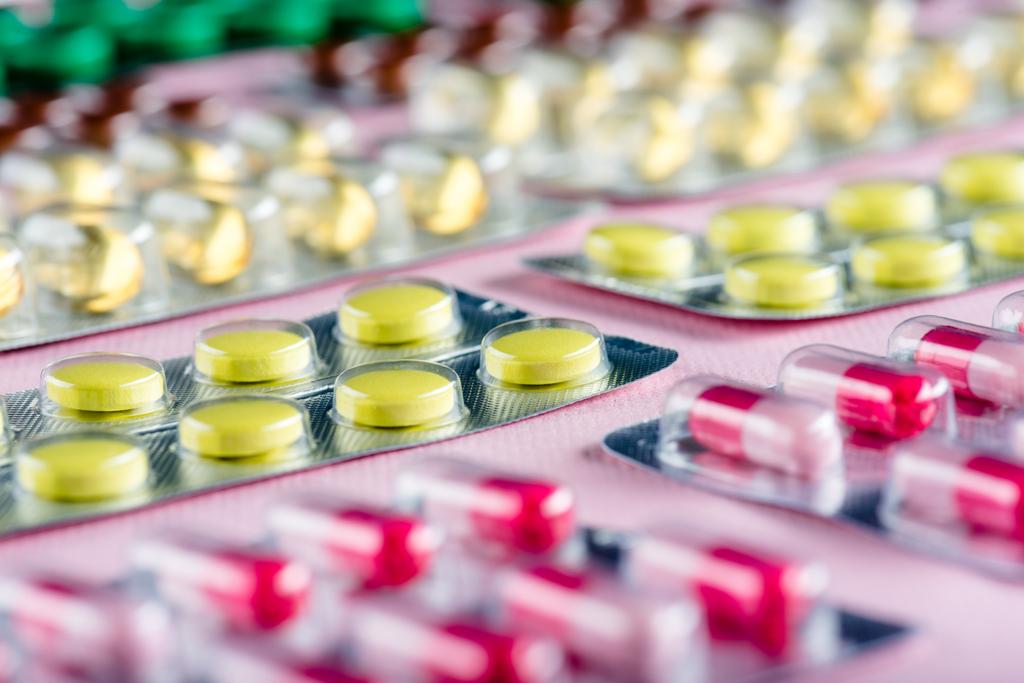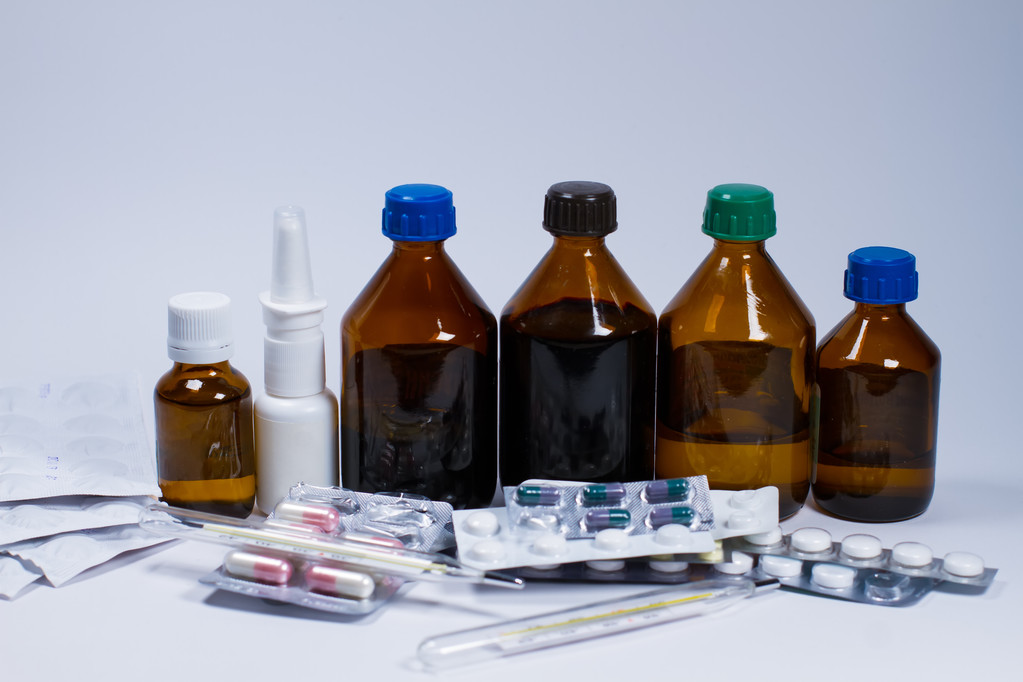It stands or hangs in almost every household, the kitchen roll. Simply tear off, wipe and throw away after use. We show why this is bad for the environment and what alternatives there are.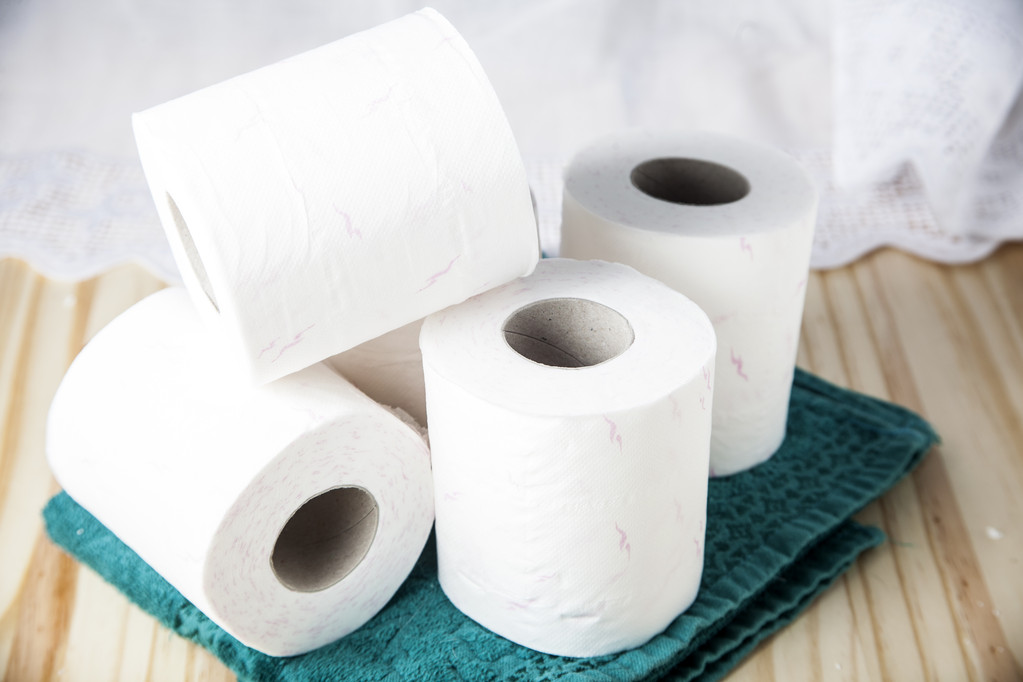
Environmental problems and pollutants from paper production
Paper consumption is increasing worldwide. The industrialized nations in particular consume paper in large quantities. Most of it is sanitary paper: toilet paper, napkins, handkerchiefs and kitchen rolls. Every German uses around 19 kilos of hygienic paper a year (as of 2020). The Federal Environment Agency estimates that every fifth tree felled worldwide is turned into paper.
A large part of the paper fibers for our sanitary paper market come from abroad. For example from Brazil – partly from ecologically controversial plantations. Thousands of hectares of rainforest are cleared there for our kitchen rolls and replaced by plantations. We urgently need these forests to preserve biodiversity and for climate protection.
What can you do?
A first step: Use kitchen paper sparingly
Buy recycled products. Look out for the blue angel mark for the eco-friendly kitchen roll. This logo guarantees you that the product really is made from 100% recycled paper and without any harmful chemicals. According to consumer advice centers, the FSC or PEFC seals of quality are less recommended: They only partially guarantee waste paper in products and do not sufficiently take other environmental criteria (such as energy consumption or the use of chemicals) into account.
The ecological balance of recycled paper is definitely worthwhile: products made from waste paper save around 50% energy and 67% water during production compared to those made from fresh wood fibers. And of course they save wood. Recycled paper is definitely better for the environment. But you use a here too
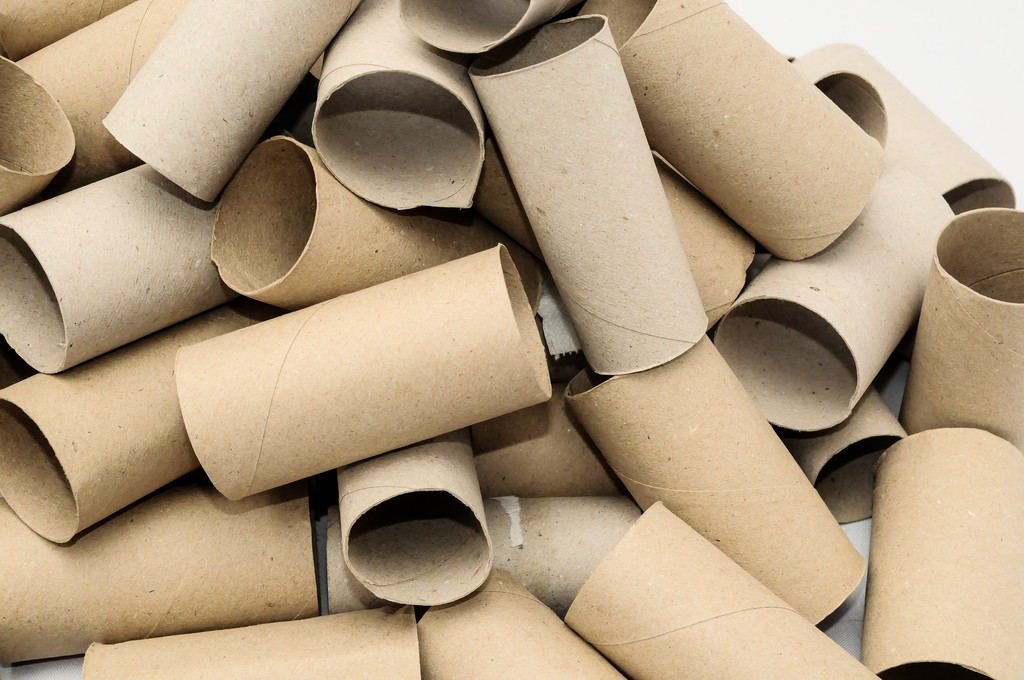
Reuse instead of throwing away
Washable, reusable paper towels are now available. This is either made of fabric or bamboo. Bamboo is currently considered an environmentally friendly raw material. It grows back much faster than wood. But he has other transport routes, as he currently comes mainly from China. Beeswax towels are also offered as a kitchen roll substitute. If you use washable kitchen paper, you definitely produce less waste.
Or simply use long-lasting cotton towels. You can wash them and use them several times
And if you’re using discarded kitchen towels or old t-shirts, you don’t have to buy anything. This is of course also cost-saving. With such upcycling you are trendy and do something for the environment.

